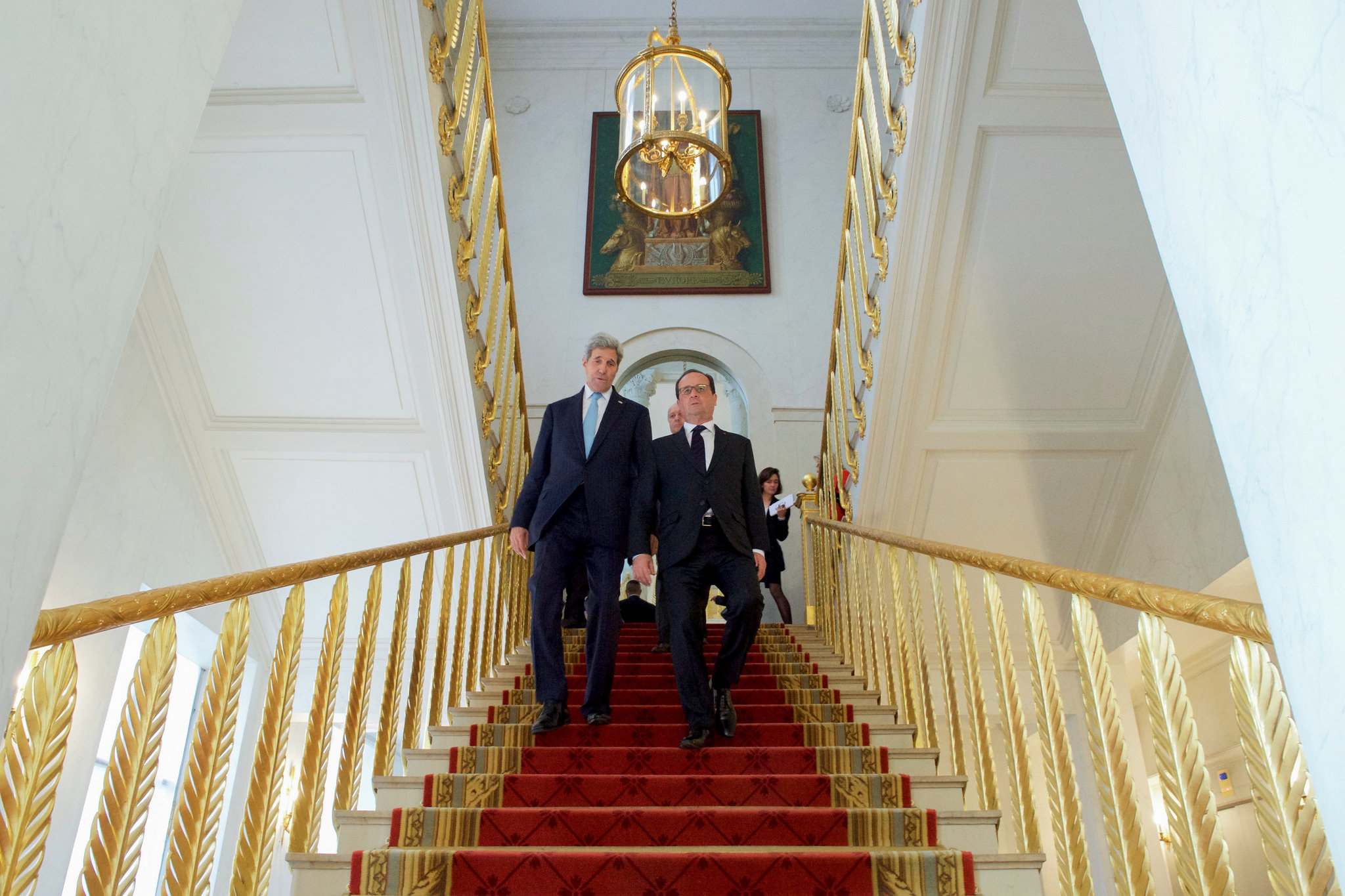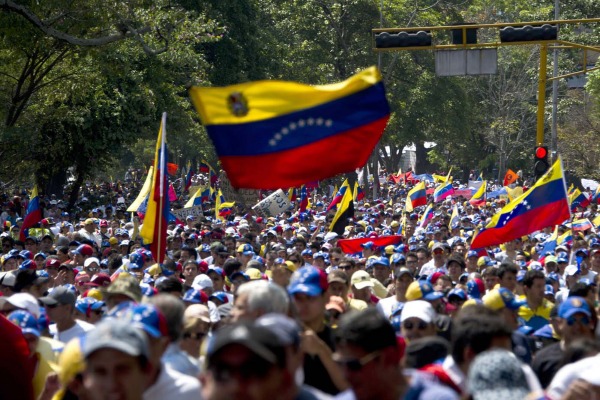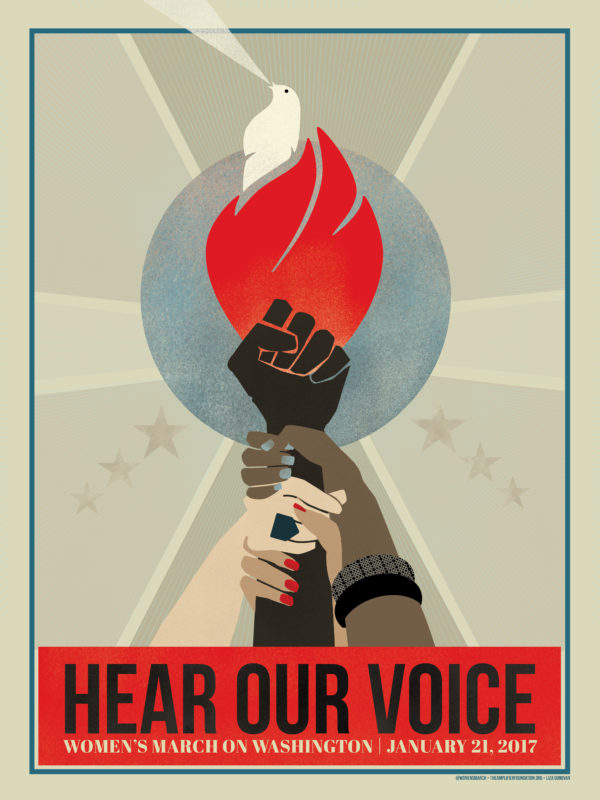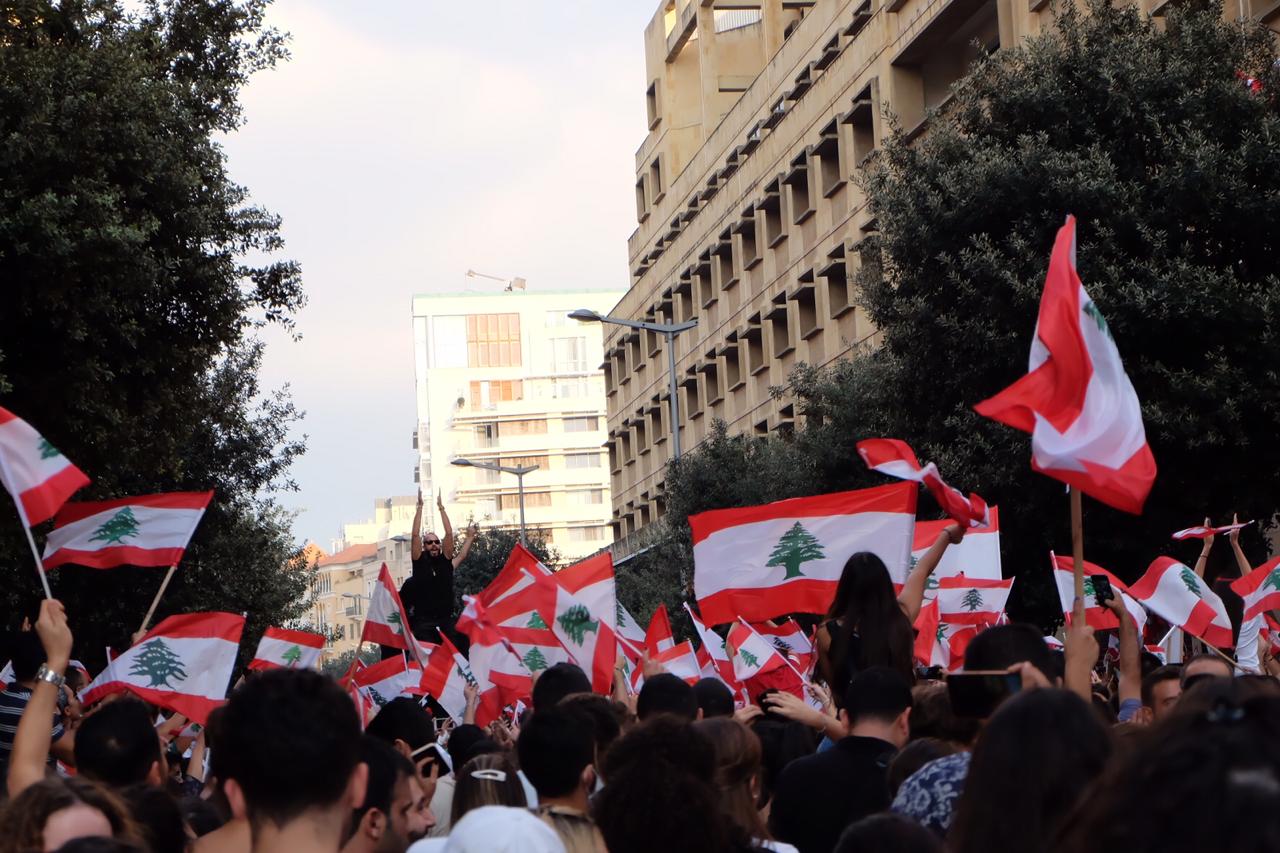Ben Hubbard’s article in last Thursday’s New York Times has a few interesting insights.
Assad is more a warlord than a president. Of course, if we believe definitions of statehood advanced by the late Charles Tilly, all presidents are essentially warlords with varying degrees of legitimacy, consent, and capacity. When they effectively provide protection and other public goods, citizens voluntarily submit to their rule. When they don’t, they face challenge.
The rebels are also increasingly a group of competing warlords. No one analogy (e.g. the Northern Alliance in Afghanistan, for example) can fully predict how this will play out in the long run. Indeed, current research suggests a variety of constellations of potential relationships between and among rebel groups (and what’s left of the government) as they set up shop in various locales.
60% of the population lives in government-controlled areas (mainly urban), where the rebels control 60-70% of the actual territory (mainly rural). Interesting. A couple of thoughts come to mind.
- Precisely what do we mean by control? Does this mean that the rebels have uncontested hegemony, or do they have the support of civilians living there? Territorial control doesn’t tell us much about power in this conflict. A more useful comparison would be how many civilians support the government vs. the rebels vs. neither. Of course, public opinion polls are notoriously difficult to conduct and interpret in these contexts, but readers should view estimates like these with a great deal of skepticism.
- Whose estimates are these, and how does that person makes these estimates? With little reliable information on the ground, we should view such round numbers with a great deal of skepticism. Obviously the government’s estimates are highly dubious. And the rebels are no better. Both sides have every incentive to over-represent the percentage and degree of territorial control. And because of the dynamic nature of civil conflict, the idea that these figures will remain static week to week is also dubious.
- Who is doing the controlling? By all accounts, the rebels are attacking one another as much as they are attacking regime forces these days. “The rebels” are not a monolithic force, and understandings of local violence and power shifts must be broken down to more precisely identify which rebels control what territory.
- If we take this 60-70% figure seriously, a critical question is: What’s happening in the other 30-40% of territory? Is it under firm government control, does it sway toward the government or toward the rebels, or is it contested? Control is a continuum, and Stathis Kalyvas argues that the level of control is directly associated with the level and form of violence we should observe.
In other words, take all claims of about the extent and degree of control with a grain of salt. The first casualty of war is the truth, and it is unlikely to become resurrected 2½ years into the conflict either.






